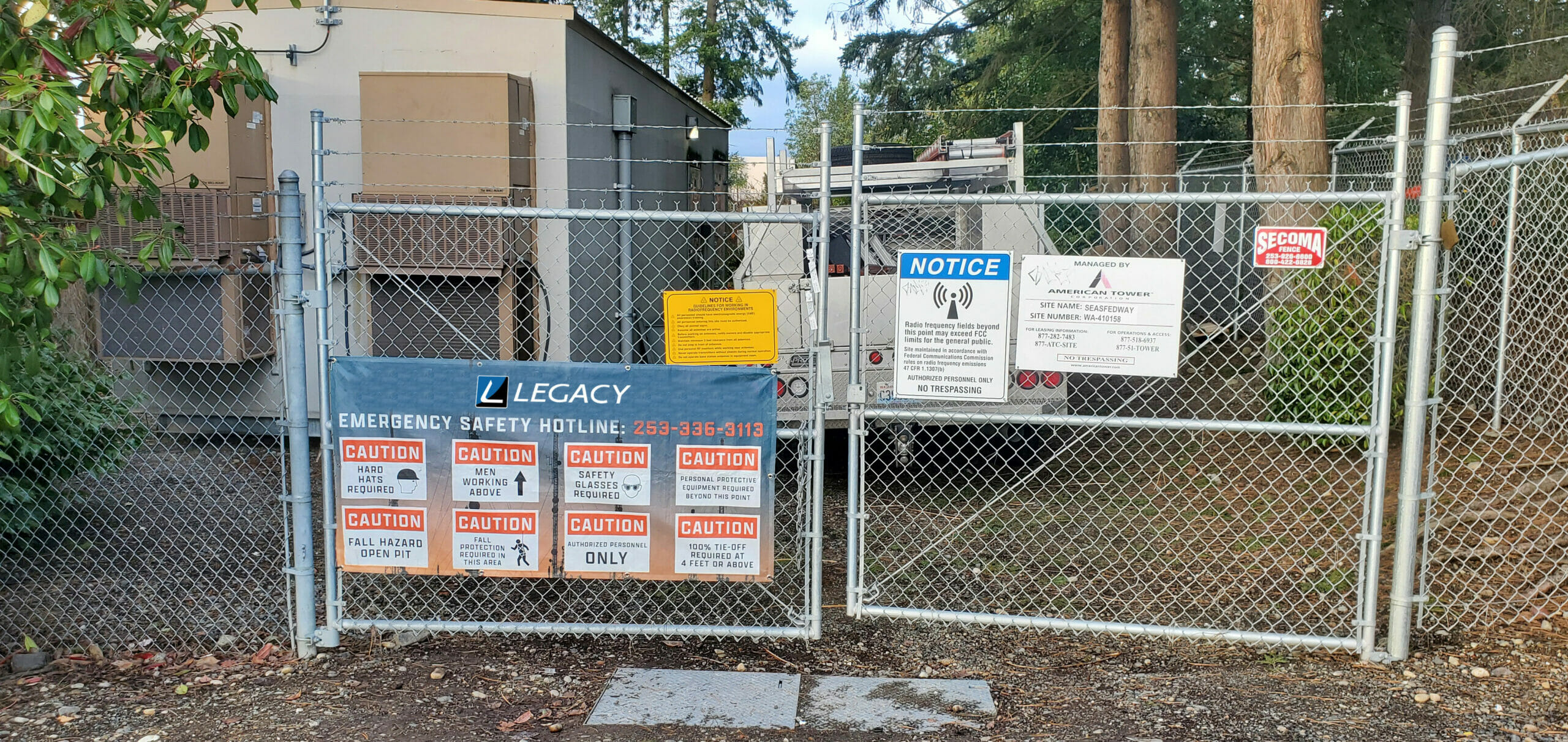Site Access
New Braunfels, TX, April 5, 2023

Lets discuss site access. Keeping the general public safe and our employees secure. Controlling access and keeping unauthorized people away from a job site is important to reduce possible liability exposure. If people other than workers are inadvertently injured on a job site, there’s a substantial risk for a negligence claim. Much of our work is done near or directly in public. It’s an important part of our job to protect the public from the hazards of our work. Most people are not aware of the hazards of a worksite which may include dropped objects, open holes, trip hazards and falls just to name a few. It’s our responsibility to protect those who are unaware, by those of us that do. Outdoor projects naturally create curiosity because people like to see new things being built. Its common to see a passerby take a leisurely, uninvited tour of our project. If the site is not properly posted they likely don’t realize that they are trespassing and will not recognize the potential job site hazards.
Its equally important to keep the unwanted public out of our work area to keep our employees safe. Having to deal with a member of the public who is unhappy with the mere fact that construction is happening places our employees at risk. This often-violent behavior can result in a potential loss of time, work stoppage and may require the response of law enforcement.
Today, lets discuss three key points which can assist us in keeping our sites secure.
UTILIZE APPROPRIATE FENCING TO SECURE THE WORK LOCATION
Temporary fencing that surrounds the perimeter of a construction can help save lives, and it’s almost always required by local municipalities. There are also federal requirements outlined in OSHA Standard 1926: Work area control. Here’s what you need to know about OSHA fencing, and how to keep crews and neighbors safe. Putting up high quality security fencing posted with “Notice” or “Warning” signs at regular intervals will assist in keeping people out. Fencing should be in good working order. Free of holes, frayed wires or even splinters. It should be installed as to prevent failure by utilizing proper weights and upright brackets. Fencing needs to meet the requirements set forth in OSHA of at least 6’ in heights and have at least 1 egress point. Most construction sites are required by city or county ordinances to construct a barrier between the site and the public. OSHA requires fencing on site to prevent or limit access to hazardous areas (like high-voltage areas or areas with fall risks). Fencing keeps pedestrians and vehicles from entering the construction site and causing damage or injury. Temporary fencing also serves as a theft deterrent if that’s a concern in your area.
CONTROL OR MONITOR ACCESS TO THE WORK LOCATION
What is Controlled Access? The definition of controlled access is a set of security measures used to determine who should have access to the system or part of the system. Controlled access can be an individual monitoring who is allowed to enter the job site or restricted area. In some situations, having keys, access cards and other security measures is a common way for our crews to access rooftops as well as other priority areas. Fencing falls under controlled access by limiting the individuals that have access to enter a site.
INSTALL BARRIERS AND/OR BARRICADES IN THE ABSENCE OF FENCING
There are two main categories of barricades and barriers – What does OSHA consider a barricade? A barricade is a physical obstruction such as tapes, cones, or A-frame type wood or metal structures that provides a warning about, and limits access to, a hazardous area whereas OSHA defines a barrier as a physical obstruction that prevents contact with energized lines or equipment or prevents unauthorized access to a work area. As there are many forms or barricades and barriers, height, and specifics of each will vary. Utilizing the proper barricade for the task at hand is crucial to the success of our safety program. Barricades around an excavation hole not only prevent people from a potential fall, but it’s a visual obstacle for many. Placing cones around a small patch of new concrete will visually and hopefully restrict a person from walking on or entering that area, avoiding much anger and frustration.
If you would like more information on this topic or any other safety-related topic, please reach out to the Ontivity safety team at safety@ontivity.com, and we will get you taken care of.
